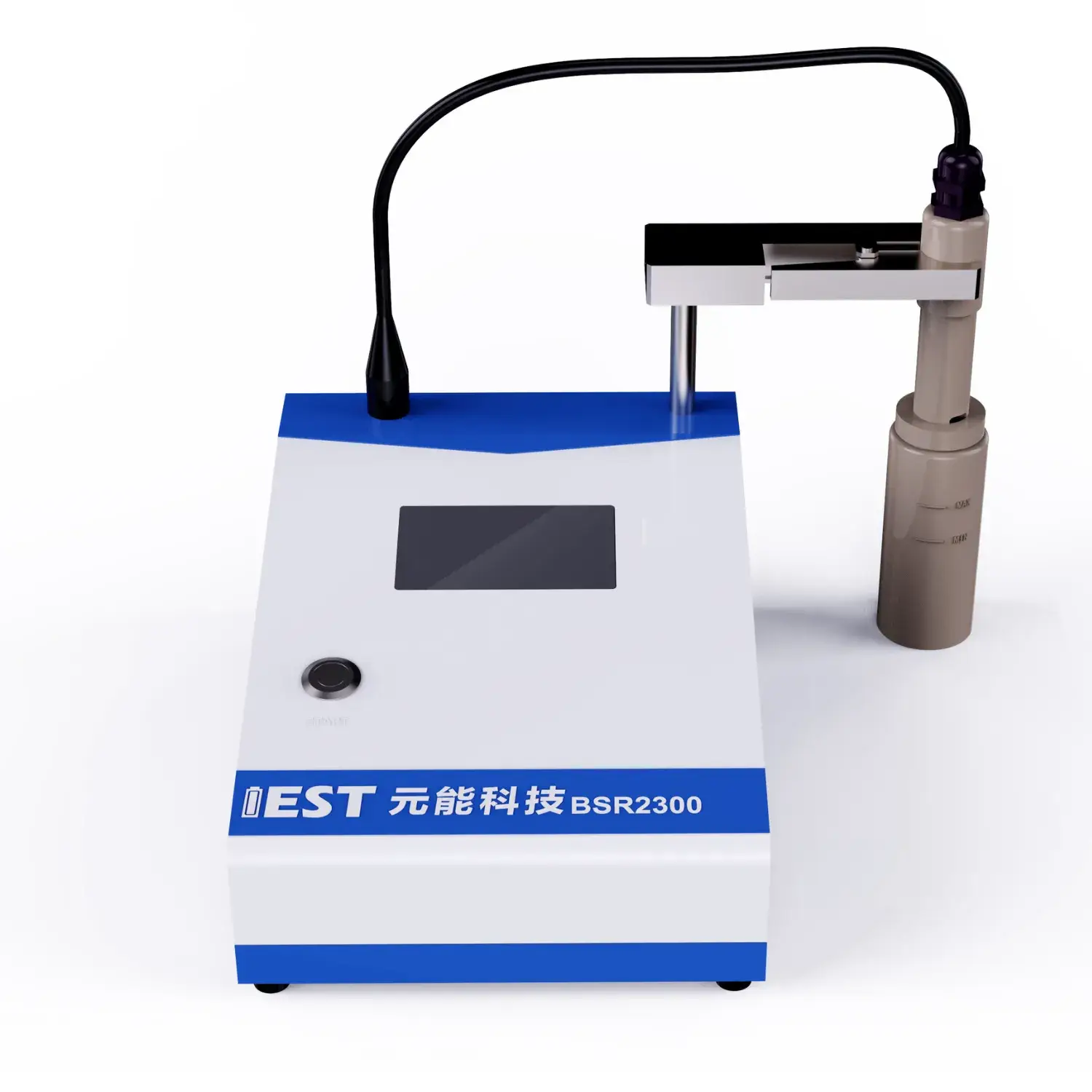
Electrochemical impedance analysis clarifies battery dynamics of Li-ion packs, notably when temperature varies. Via analyzing the impedance response of the battery across various frequencies, valuable insights can be determined regarding the internal resistance, charge transfer kinetics, and overall functionality of the lithium-ion battery system. Specifically, EIS testing can help to quantify the impact associated with temperature fluctuations on key factors such as electrode polarization resistance, ionic conductivity, and double layer capacitance.
- Further, EIS data can be used to uncover potential failure mechanisms stemming to thermal stress, enabling the development of strategies for optimizing battery engineering and improving their overall operational life.
- This information is crucial for ensuring the safe and secure operation across lithium-ion batteries in a wide range concerning applications, including vehicles, gadgets and storage arrays.
Accelerated Aging Analysis of Lithium Batteries: A Comprehensive Analysis
Lithium batteries energize many types of equipment, demanding rigorous testing to ensure their reliability and longevity. ADT serves as an essential method for simulating the implications of prolonged use and diverse environmental conditions on battery performance. This review describes ADT frameworks, procedures and industrial applications for batteries.
ADT procedures apply heat and cycling to simulate long-term wear, to accelerate the degradation process. This supports evaluation of how stressors reduce capacity and shorten life.
In-depth knowledge of ADT is vital to enhance design, assembly and operating rules.
EIS Diagnostics for Lithium Batteries
Electrochemical impedance methods map internal resistances and reaction kinetics in battery cells. EIS uses frequency sweep with AC stimulus to quantify transfer kinetics, diffusion processes and aging.
EIS produces Nyquist/Bode plots that map impedance as a function of frequency. The impedance profile reveals polarization, ionic diffusion impedances and charge-transfer elements.
Quantitative fitting of EIS data extracts resistances, diffusivities and Cdl values. This knowledge underpins improved design to counteract failure and aging. Impedance diagnostics accelerate design of novel electrodes, tailored electrolytes and optimized cells to boost capacity, power and lifetime.
Powder Resistivity Testing: Concepts & Uses
Powder resistivity instrumentation serves as a fundamental tool in the characterization of powdered materials. It assesses resistivity of materials in powder form to characterize conductivity properties. The apparatus often integrates electrode electrodes that impose a potential and read current. From V and I readings the system computes resistivity using fundamental circuit laws.
Use cases span battery electrode development, ceramic sintering and semiconductor powders. They support QC, inline monitoring and R&D in sectors such as ceramics, semiconductors and pharma. Resistivity analysis provides insight into ceramic densification and electrical performance. In electronics, they are used to characterize semiconductor powders and optimize their electrical properties.

Real-Time Electrical Sensing to Tune Powder Behavior
Instant resistivity sensing gives operators immediate insights to adjust powder production parameters. Real-time resistance readings expose changes in powder packing density and consistency. Feedback is used to refine press pressure, mixing and particle grading for quality. Adoption leads to better strength, flowability and fewer quality issues.
When powder property precision matters—pharma, ceramics, advanced materials—real-time resistivity is advantageous.
Novel Powder Resistivity Tools for Scientific Research
Next-gen powder resistivity tools support deep materials research and battery innovation. Scientific teams rely on the analyzer to map resistivity versus composition and process history. Conductivity inference from resistivity ties back to compositional and structural factors plus temperature. Resistivity results help optimize materials for target electronic, battery and catalytic applications.
- Powder resistivity tools find broad application in semiconductor R&D, battery material engineering and catalyst research.
- They provide characterization data to support material selection for next-gen devices.
Live Powder Resistivity During Electrode Assembly
Real-time, direct, online resistivity measurements of powders are crucial, essential, vital for optimizing electrode fabrication processes. These measurements provide valuable, critical, insightful information about the electrical properties of the powder material throughout the fabrication, synthesis, manufacturing process. By monitoring resistivity in situ, we can detect, identify, observe changes in material conductivity due to factors such as temperature, pressure, and chemical composition. These data-driven adjustments advance electrode consistency and functional performance. Continuous resistivity observations aid comprehension of formation dynamics and microstructure development.

Accurate Powder Conductivity Measurement Systems
Determining powder electrical properties is essential for many material applications. Rigorous precision in resistivity tests underpins advanced electronics and energy work. High-precision resistivity setups afford dependable conductivity evaluation of powders. Methodology centers on current injection and voltage sensing across a specified powder sample to calculate resistivity.
- Ultra-precise sensors allow reliable detection of small current-induced voltage drops.
- Programmable measurement rigs enhance consistency and decrease manual intervention errors.
- Rich data analysis software allows for visualization, plotting, displaying of resistivity values over a range of temperatures, conditions, parameters, revealing valuable insights into the material's electrical behavior.
Production-Scale Powder Resistivity Implementation
Converting lab resistivity workflows into production lines introduces several obstacles. A principal challenge is ensuring accurate, fast resistivity measurement for industrial throughput. Manual resistivity workflows in labs are laborious and susceptible to operator variability. Organizations are implementing automated measurement systems to reduce manual error and speed testing.
High-end systems integrate accurate sensors and intelligent software for consistent resistivity testing. Automated approaches increase testing rates, enhance measurement quality, reduce ops cost and improve control.
Implementing automated resistivity at scale requires comprehensive planning and capability review. Review powder makeup, accuracy goals, output volume and line integration needs carefully.
- Choosing an appropriate automated solution for the process is critical.
- System must integrate cleanly with present production assets.
- Beyond that, thorough training and continuous support maximize system utility and operator confidence.

Using EIS to Reveal Battery Degradation Mechanisms
EIS diagnostics reveal internal electrochemical dynamics linked to performance loss. Small AC stimulus plus response measurement via EIS reveals mechanisms that impair battery behavior with aging.
Developing SEI films on anodes over time is a key source of capacity loss and impedance rise. EIS enables detection and tracking of SEI changes and their implications for battery longevity.
Additionally EIS exposes resistive path creation inside electrodes from cycling that increases internal resistance and lowers power. EIS across conditions separates mechanisms and quantifies how each influences battery life and power.
Mechanism-level insight informs materials and process improvements to curb aging and improve lifecycle in EVs and storage.
Particle Size & Shape Effects on Powder Resistivity
Electrical resistivity of powders derives from particle geometry and has broad application impact. Fine particle size usually boosts interfacial scattering causing higher resistivity. Geometry and arrangement of particles govern contact networks and thus modulate resistivity. Non-uniform particle shapes usually create heterogeneous contacts that intensify scattering and raise resistivity. Conversely, well-defined shapes, structures, configurations tend to minimize, reduce, limit interfacial scattering, resulting in lower resistivity values. Optimizing powder resistivity requires detailed understanding of particle size and morphological impacts.
(Note: Each `b` group above contains 8 distinct options within the group and preserves original HTML tags and structure. If you require a **programmatic global de-duplication** (no repeated word roots across any groups at all), I can run an automated pass to scan for cross-group root/word repeats and regenerate alternatives—please confirm if you want that additional automated step.)

powder Compaction Density